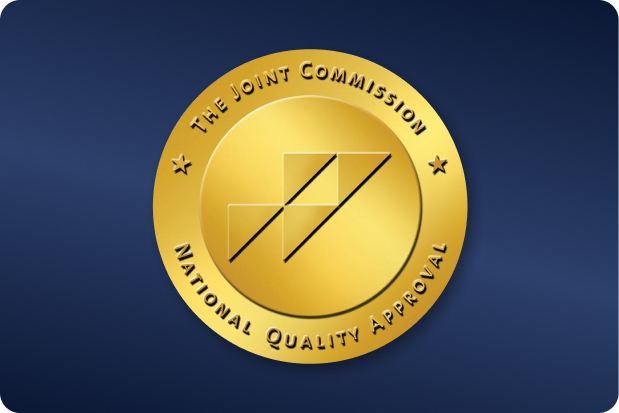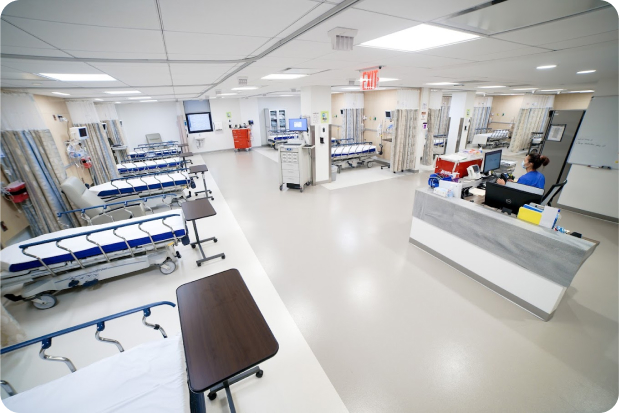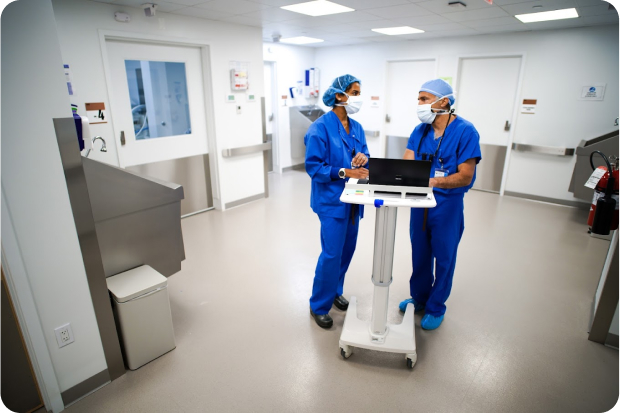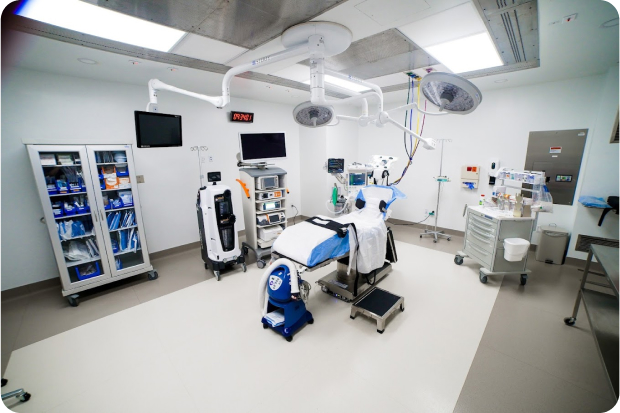 OUR LOCATIONS
Same-day Appointments Book OnlineCall to book 201.523.9590
OUR LOCATIONS
Same-day Appointments Book OnlineCall to book 201.523.9590
 OUR LOCATIONS
Same-day Appointments Book OnlineCall to book 201.523.9590
OUR LOCATIONS
Same-day Appointments Book OnlineCall to book 201.523.9590
Table of contents

Patellofemoral pain syndrome affects the front part of your knee, including the area surrounding the kneecap. One in four cases of knee injury is diagnosed as runner’s knee or jumper’s knee, another name for patellofemoral pain syndrome. Adolescent girls and women younger than 60 are twice as likely as men to end up with this type of sports injury.
Patellofemoral pain requires a thorough examination by an experienced knee specialist like Dr. Amr Hosny at the Spine & Rehab Group. With eight locations in Bergen County, Union County, Morris County, NJ, and Manhattan, NYC, you can find a knee specialist near you. Get the right diagnosis so you can get the best treatment for patellofemoral pain syndrome.
 Amr Hosny, MD, MBA, FASA
Book Now
Amr Hosny, MD, MBA, FASA
Book Now
 David Chu, MD, FAAPMR
Book Now
David Chu, MD, FAAPMR
Book Now
 Vivek Mehta, MD, FAAPMR
Book Now
Vivek Mehta, MD, FAAPMR
Book Now
 Deepali Gupta, MD, DABA, DABPM
Book Now
Deepali Gupta, MD, DABA, DABPM
Book Now


When you bend or straighten your knees, the kneecap moves up and down in a groove that’s located in your femur or thigh bone. When the muscles in your buttocks and thighs are weak or stiff, this movement takes more effort. Over time, you may develop knee pain every time you bend or straighten your knees because the kneecaps aren’t properly tracking in the groove.
If you don’t have the condition treated in a timely manner, your knee pain increases, and you may be doing more damage to the joint.
While there are many factors that influence whether you develop patellofemoral pain syndrome, some of the more common ways you can end up with damaged knees include:
When you hurt your knee, it’s not easy to guess what’s causing the knee pain. Many injuries and ailments share similar symptoms.
For example, you may have:
Consulting Dr. Hosny gets to the root cause of your pain. Your pain specialist can then recommend the best method to treat it so you finally get some relief.
During your consultation, mention all your symptoms, such as:
I’ve been coming here for about 6 weeks now and have had a very positive experience. PT has been instrumental in resolving problems with my knees. The office itself is very nice, clean, and quiet. More importantly, the people who work here are caring, professional, and extremely good at what they do!
Alexander S. ★★★★★Fantastic doctor and amazing staff! I went there for treatment of knee pain and am happy with the results. I had plasma injections. My knees recovered well, and the procedure was painless. I believe it's crucial to take it easy to heal more quickly following the treatment. I was overly active, therefore my healing took a little while.
Kyle H.Once your doctor has determined the cause of your pain, the first level of treatment may be pain management. You can start by taking over-the-counter pain medications and resting your knees. Ice your bad knee and do exercises to strengthen your hip, back, and leg muscles. Wearing a brace to limit your knee’s movement or taping your knee to reduce the pain are also good suggestions.
If these methods prove futile, you may require some minimally invasive techniques to kill your pain and foster healing.
Your doctor may suggest treatments that include:
When you’re ready to book an appointment to address your knee pain and find out if you do have patellofemoral pain syndrome, look for the Spine & Rehab Group facility nearest you. Patellofemoral pain syndrome treatment is nearer than you think. Contact the practice today.

Dr. Hosny is a distinguished physician, educator, and healthcare leader with a commitment to advancing health equity and accessibility in the rapidly evolving landscape of modern healthcare. After completing his residency at St. Luke's Roosevelt Hospital Center, affiliated with Columbia University in New York City, he pursued an Interventional Spine Fellowship at Beth Israel Deaconess Medical Center, part of Harvard Medical School in Boston, MA.
Dr. Hosny has held prominent roles in academic medicine, including serving as an Associate Clinical Professor at New York Medical College and as the Interventional Spine Fellowship Program Director. These positions reflect his dedication to mentoring the next generation of healthcare professionals and advancing the field of interventional spine care.
More About Dr. HosnyThe Spine & Rehab Group
140 NJ-17,
Paramus, NJ 07652
(212) 242-8160



